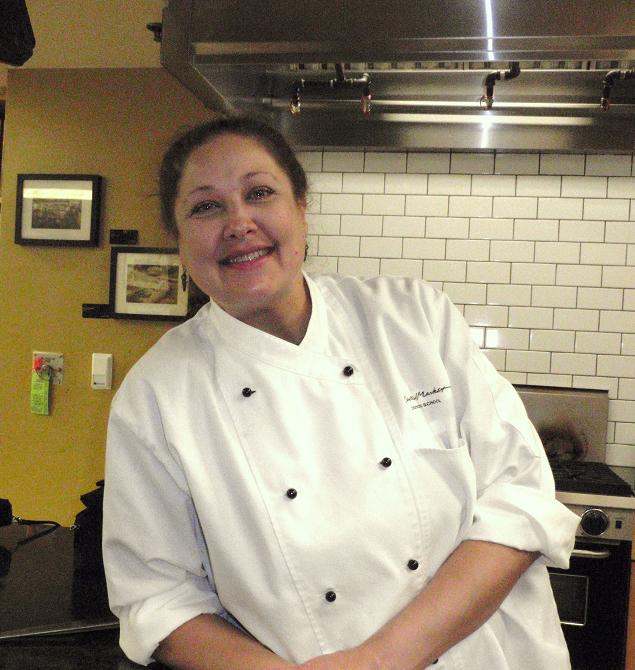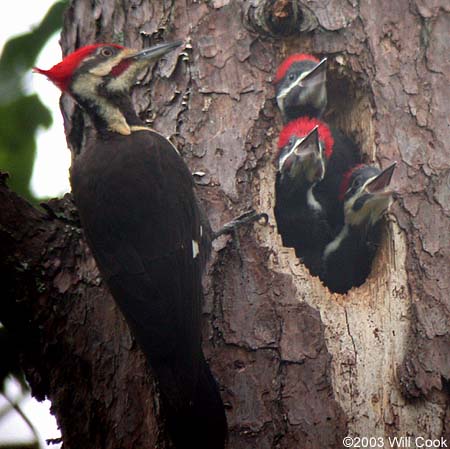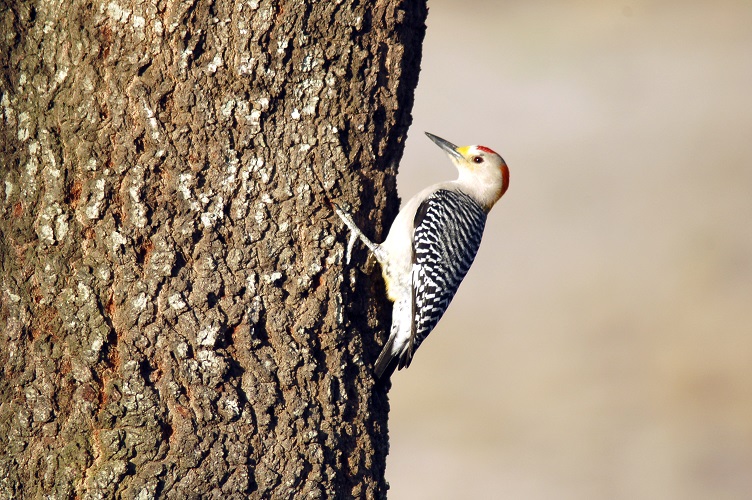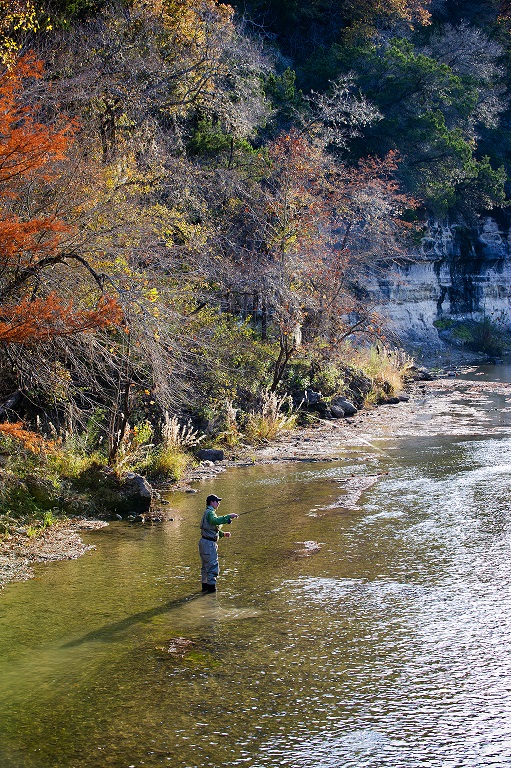
Chef Cindy Haenel
This is Passport to Texas
You may be tired of eating those heavy, Thanksgiving leftovers by now. If that’s true, it’s easy to find a nearby fishing hole where you can reel in something light, fresh and delicious. Chef Cindy Haenel says there’s nothing like catching your own dinner.
It’s fabulous. I know exactly how old that fish is, when it came out of the water and how long it’s been dead. And that’s important with fish especially. Fresh is always best.
Cindy, an avid angler, is a chef instructor at Central Market in Austin.
I love the saltwater as well as freshwater. But the saltwater you have more variety. You never know what you’re going to pull up. It’s exciting – like Christmas morning.
Immediately place your catch on ice, and if there’s a cleaning station on shore, Chef Cindy says consider doing the dirty work there. And when you get your catch back to the kitchen, be careful not to overcook it.
Most people, if they don’t like the taste of fish, it’s probably because they’ve overcooked it. And, as it cooks, and the oil of the fish starts to come out of the flesh, it burns very, very quickly. So, if you will undercook your fish, or protect that fish with either a salt crust, or even if it just has a little butter, or some kind of fat on the outside it still protecting that fish while it’s cooking.
Find fish recipes from Chef Cindy as well as a link to other fish and game recipes at passporttotexcas.org.
The Sport Fish Restoration program supports our series and works to increase fishing and boating opportunities in Texas.
For Texas Parks and Wildlife…I’m Cecilia Nasti.
————————————————————-
Trout Amandine
by Chef Cindy Haenel
Ingredients
8 (4-ounce) lake or rainbow trout fillets
1 egg
1 cup milk
1 cup flour
Salt and pepper
1 tablespoon extra-virgin olive oil
4 tablespoons butter
1 cup (about 6 ounces) sliced, blanched almonds
Handful fresh parsley leaves, finely chopped
1 lemon, wedged
Directions
Heat a large skillet over moderate heat. Combine egg and milk in a tin pie plate, beat with a fork. Place a cup of flour in a second pie tin and season well with salt and sparingly with pepper. Coat trout fillets in egg and milk, then in seasoned flour. Collect fillets on a plate until all of them are dredged and ready to be cooked.
Add 1/2 tablespoon extra-virgin olive oil to your skillet. Add 1 1/2 tablespoons butter to the pan. When the butter foams, add trout and gently saute 4 fillets for 2 or 3 minutes on each side, until golden. Transfer trout fillets to warm platter in oven.
Return pan to the stove and add 1/2 tablespoon extra-virgin oil and 1 1/2 tablespoons butter. When butter foams, repeat cooking process. When all of the trout is cooked, add last tablespoon of butter to the pan. When the butter melts, add almonds and brown until lightly golden, 1 to 2 minutes.
Remove trout from oven and pour almonds over the platter. Garnish platter with chopped parsley, lemon wedges, and serve immediately.
Serves 4







 Passport to Texas is a
Passport to Texas is a  Passport to Texas is made available by:
Passport to Texas is made available by: